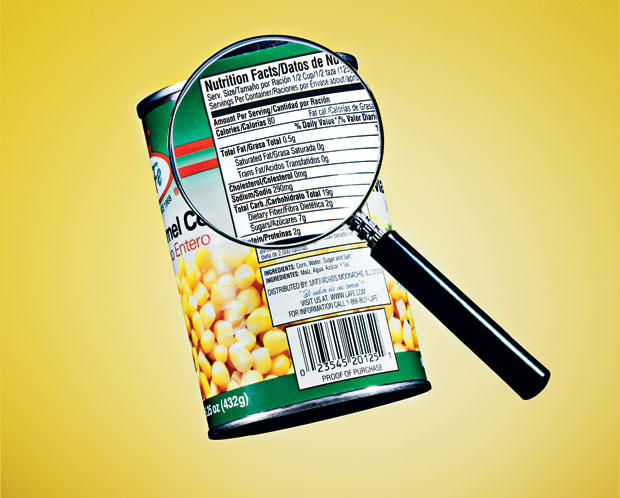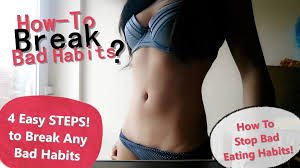How to Diet After Pregnancy
If you are like most new mothers, you are eager to lose the weight you gained during pregnancy quickly and healthily. If you adjusted to eating more calories and larger portions during pregnancy, your postnatal diet will need to change to allow you to effectively lose weight.
Steps
Method 1 Consider Breastfeeding
Breastfeeding is nature’s way of helping a mother feed her child and lose her pregnancy weight at the same time. If you are amenable to breastfeeding and you have not yet started formula feeding, try breastfeeding for fast, natural, effective weight loss with little effort.
- 1 Eat more and still lose weight. Your body can burn more than 500 calories each day just producing the milk your baby needs to feed. By choosing to breastfeed, you not only lose weight quickly and naturally, but you can do so without dramatically altering your diet. You may need to eat slightly more than you did during pregnancy, but many women experience rapid postnatal weight loss despite an increase in dietary calories when they decide to breastfeed regularly.
- 2 Exclusively breastfeed for the largest weight loss benefit. The more milk your body produces, the more calories you burn. If you exclusively breastfeed, your body will produce its maximum amount of milk each day, burning calories effortlessly and helping you lose more weight.
Method 2 Scale Back to Pre-Pregnancy Calorie Intake
If you decided not to breastfeed or if your infant has stopped breastfeeding, you can start a postnatal diet by reducing calorie intake to regular levels. Most women increase their calorie intake by 100 to 300 calories per day during pregnancy and quickly grow accustomed to eating more food throughout the day. By returning to pre-pregnancy calorie intake, you can jumpstart your weight loss.
- 1 Determine your calorie needs. The number of calories you should consume every day will depend on your activity level, weight, and height. Most women need between 1600 and 1800 calories each day to allow weight loss with moderate activity levels.
- 2 Cut back daily calorie intake. Eat small, frequent meals to keep your metabolism active throughout the day and curb cravings. Eat foods high in nutrients but low in calories, such as vegetable soups, raw fruits and vegetables, whole grains, and lean proteins to satisfy your hunger but keep calorie counts modest.
- 3 Practice self-control. Limit your portion sizes to about 400 calories per meal and 100 to 200 calories per snack. If you have a soft spot for sweets or fatty snacks, avoid purchasing them or bringing them into the house. Reduce your chances of eating out of boredom or frustration by posting reminders of your diet goals on the refrigerator or focusing on eating only when you are hungry. Do not skip meals.
Method 3 Eat a Healthy, Balanced Diet
Optimal dieting requires a healthy diet full of nutrients. By supplying your body with the energy and nourishment it needs to function, you can maximize your potential for speedy, healthy weight loss after having a baby.
- 1 Eat complex carbohydrates. Avoiding simple sugars and getting your carbohydrates from whole grain foods ensures your body will have the energy it needs to get through the day. Whole grain sources of carbohydrates will also help you feel full longer, preventing over-eating and reducing the number of calories you consume throughout the day.
- 2 Get plenty of fruits and vegetables. Fruits and veggies provide essential vitamins, minerals, fiber, and carbohydrates that you need to have a healthy metabolism and to encourage weight loss. They also provide many important nutrients with relatively few calories. Vegetables make excellent snacks and fruit works well to satisfy a craving for sweets.
- 3 Enjoy low-fat dairy and lean protein. Drink skim milk or fat-free milk substitutes, and buy low-fat cheese or dairy products. Getting plenty of lean protein, such as skinless chicken breast or fish fillets, ensures that you do not consume more fat than is healthy while still providing essential amino acids and energy sources that stimulate weight loss.
-
Exactly How I Exercised To Lose 50 Pounds
Sure, you can't outrun a bad diet. But that doesn't mean you s
-
7 Fast And Easy Weight Loss Tips
Millions of Americans are trying to lose weight, but it can be diffic
-
Healthy Weight Loss Advice - The Importance Of A Good Nights Sleep
Perhaps the most important component of any healthy weight loss progr
-
Handy Tips For Losing That Extra Weight
The most important element of successful weight loss is knowledge. Y
-
A Simple To Follow Weight Loss Program
This article gives free tips and advice about how to lose weight.
-
Veggie Christmas Tree
I want to make this one and the fruit one!! Healthy delicious
- DON'T MISS
- Natural Fruit Weight Loss Diet And Things To Remember
- Negative Calorie Foods Burn Fat Fast with Them.
- How To Lose Weight and Not Your Mind!
- How to Tighten Loose Neck Skin
- Successfully Lose Weight And Keep It Off
- Smart Tips And Advice For Successful Weight Loss
- The 3 Week Diet Review – Lose Weight In Just 3 Weeks
- 16 Weight Loss Tips To Remember!
- Tips for Losing Weight this Summer
- The Crazy New Diet Pill That Involves Swallowing A Balloon. Seriously.




